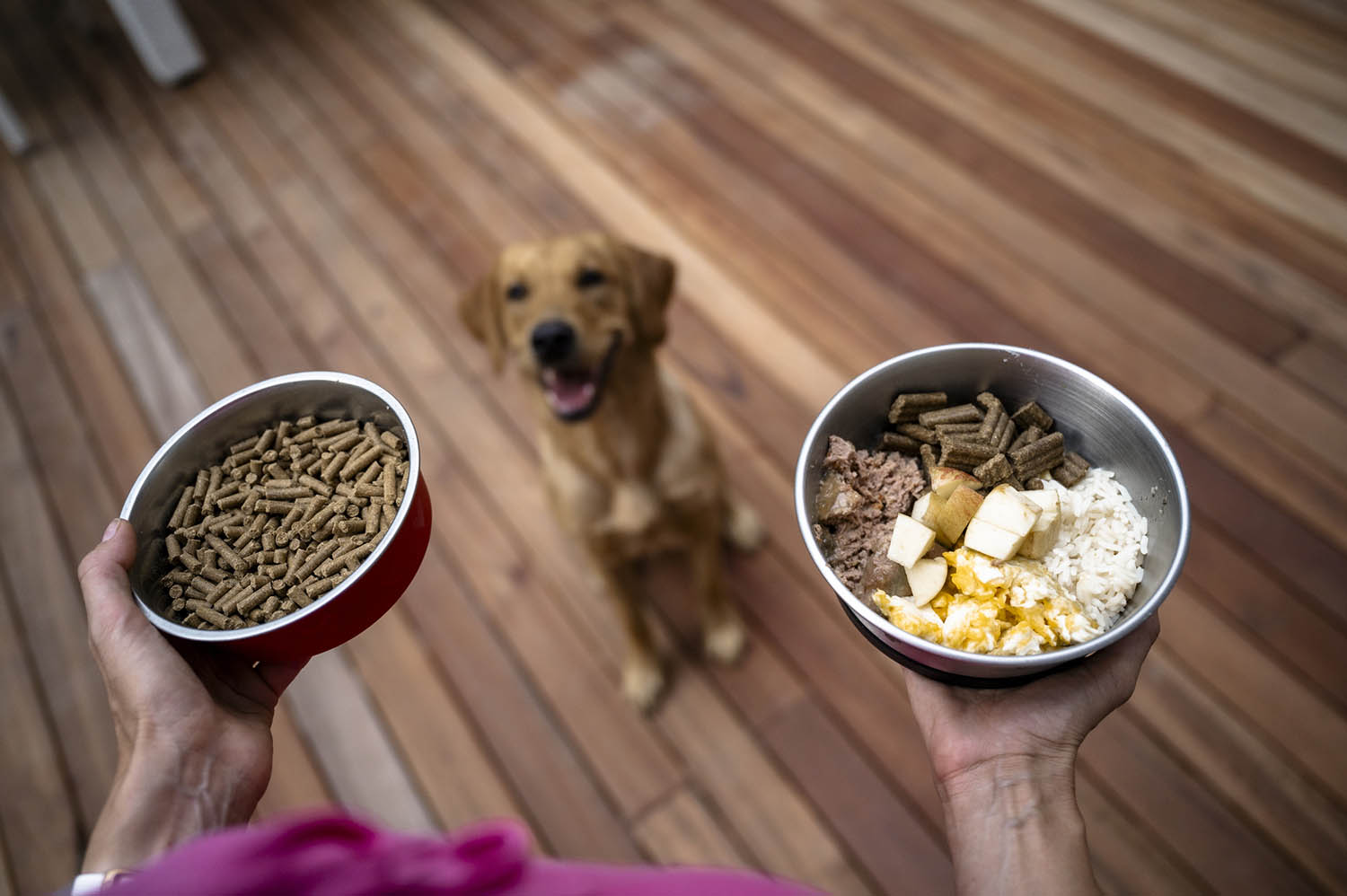88YTY News Hub
Stay updated with the latest trends and news.
Feeding Fido: When Kibble Meets Gourmet
Discover how to elevate your dog's mealtime from ordinary kibble to gourmet delights that will have Fido begging for more!
The Ultimate Guide to Choosing the Right Kibble for Your Dog
Choosing the right kibble for your dog is crucial for their overall health and well-being. With a plethora of options available, it can be overwhelming for pet owners to navigate through the myriad of brands and formulas. Start by considering your dog's age, size, and dietary needs. Look for high-quality ingredients that provide essential nutrients. Check for meat as the first ingredient, whole grains, and avoid fillers like corn and soy. Additionally, consult your veterinarian to ensure that the kibble meets your dog’s specific requirements, especially if they have any health conditions.
Once you have a shortlist, evaluate the nutritional value of each option. Examine the guaranteed analysis on the packaging, which lists the protein, fat, fiber, and moisture content. An ideal kibble should contain at least 20-30% protein and 8-15% fat, depending on your dog's life stage and activity level. Consider using a food transition process to allow your dog to adjust to the new kibble gradually. This will help prevent digestive upset. In the end, regular monitoring of your dog's health and energy levels will indicate whether you've made the right choice.

Gourmet Dog Food: Is It Worth the Hype?
The rise in popularity of gourmet dog food has left many pet owners wondering if these premium products are truly worth the investment. Proponents argue that gourmet options provide superior nutrition, often using high-quality ingredients that contribute to better overall health for dogs. Unlike standard dog food, which may contain fillers and artificial additives, gourmet varieties typically emphasize natural ingredients and balanced nutrition. With claims of enhanced taste and improved digestion, it’s no surprise that these products have carved out a niche in the pet food market.
However, the *real question* remains: does a higher price tag guarantee a healthier pet? While some dogs may benefit from the switch to gourmet food, particularly those with specific dietary needs or sensitivities, others might not notice a significant difference. It’s essential for dog owners to consider their pet's unique requirements and consult with a veterinarian before making the switch. In summary, gourmet dog food can be a worthwhile investment for some, but careful evaluation is key to ensuring it aligns with your pet's health and wellbeing.
Can Mixing Kibble with Fresh Ingredients Improve Your Dog's Health?
Mixing kibble with fresh ingredients can significantly enhance your dog's overall health and well-being. Commercial dog foods, while convenient, may lack some of the vital nutrients that fresh foods provide. By incorporating fresh vegetables, fruits, or lean proteins into your dog's kibble, you can help improve their digestion, boost their immune system, and provide them with essential vitamins and minerals that may be missing from their regular diet. For example, adding carrots or spinach can introduce beneficial fibers and antioxidants, promoting a healthy coat and skin.
Moreover, the combination of kibble and fresh ingredients can make mealtime more enjoyable and stimulating for your dog, encouraging them to eat and potentially preventing picky eating habits. When introducing fresh foods, it's crucial to do so gradually to avoid gastrointestinal upset. Consider starting with small amounts of ingredients like chicken or blueberries, and monitor your dog's reaction. Over time, mixing kibble with fresh ingredients can lead to a healthier, happier pup, paving the way for a longer, more active life.